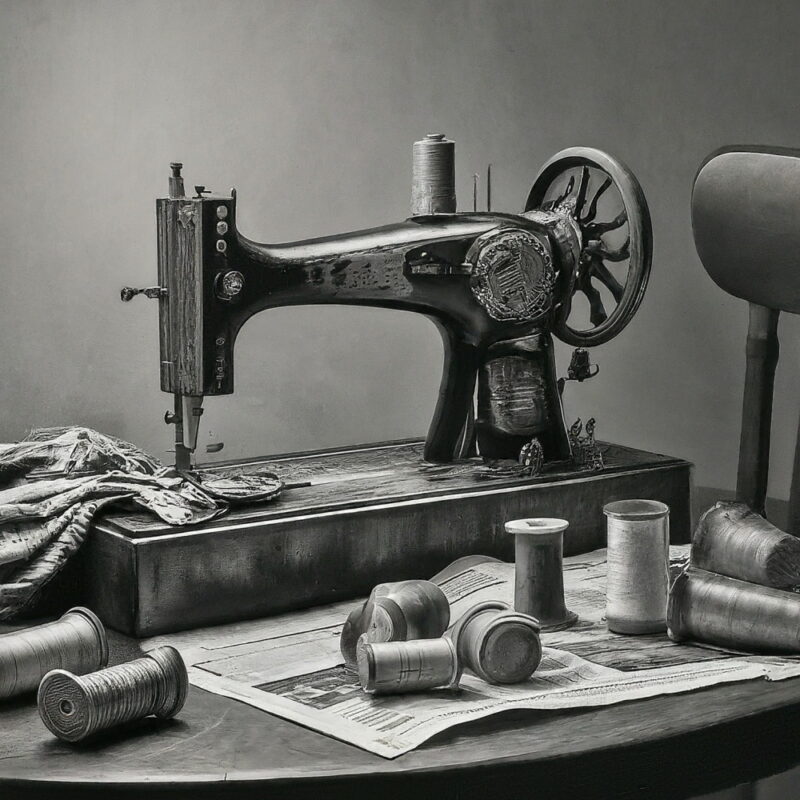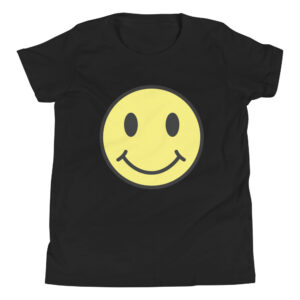Threads of Time: Tracing the Evolution of Fashion Through History
Clothing has always been an essential part of human civilization, serving not only as protection against the elements but also as a form of self-expression. Throughout history, fashion has gone through various transformations, reflecting changes in culture, society, and technology. Let’s take a trip down memory lane and explore the evolution of fashion from ancient times to modern-day.
Ancient Times: Practicality Over Style
In ancient civilizations such as Egypt, Mesopotamia, and China, clothing was primarily worn for practical purposes. Fabrics were made from natural materials like animal hides, plant fibers, and later on, silk. Clothing was often loose-fitting and draped, serving to protect the body from the harsh environment.
In ancient Rome and Greece, clothing was used to signify social status, with the wealthy wearing more elaborate and luxurious garments. Tunics and togas were commonly worn, and the use of accessories such as belts, brooches, and jewelry became prevalent.
Middle Ages: The Rise of Tailoring
During the Middle Ages in Europe, clothing became more fitted and tailored, reflecting advancements in textile production and the rise of the guild system. Tailors started to create garments that were tailored to fit the individual body, and clothing was used to denote social status and occupation. Nobles and the wealthy adorned themselves with lavish fabrics, fur, and embroidery, while peasants wore simpler and more practical attire.
Renaissance and Baroque: Fashion as Art
During the Renaissance and Baroque periods, clothing became a form of artistic expression. Elaborate and extravagant garments were created with intricate details, rich fabrics, and extravagant embellishments. Fashion started to become a way to showcase wealth, power, and social status. Women’s clothing, in particular, became more structured and corsets were introduced to create a desirable silhouette.
Industrial Revolution: Mass Production and Fashion Democracy
The Industrial Revolution in the 18th and 19th centuries brought about significant changes in the fashion industry. Textile production shifted from handcrafted to mechanized, resulting in the mass production of clothing. Ready-made garments became more affordable and accessible to the general population, and fashion started to become more democratic.
20th Century: Fashion as a Reflection of Social Change
In the 20th century, fashion became an even more significant reflection of social change. Fashion movements such as the flapper style of the 1920s, the hippie and bohemian styles of the 1960s, and the punk fashion of the 1970s were all expressions of cultural, social, and political movements. Fashion designers also gained prominence, with names like Coco Chanel, Christian Dior, and Yves Saint Laurent shaping the fashion landscape.
Modern Fashion: Sustainability and Inclusivity
In recent years, fashion has evolved to reflect the growing concerns of sustainability and inclusivity. There is a growing focus on eco-friendly and ethical fashion, with more emphasis on using sustainable materials, reducing waste, and promoting fair labor practices. The fashion industry has also become more inclusive, with a focus on body positivity, gender-neutral fashion, and diversity in representation.
The Ever-Changing World of Fashion
Fashion has come a long way from its humble origins as a form of protection to a global industry that reflects culture, society, and personal style. From practicality to artistry, from tailoring to mass production, and from social status to inclusivity, fashion has constantly evolved and adapted to the changing times. Understanding the history of clothing provides insight into how fashion has shaped and been shaped by our society, and how it continues to evolve in the modern world.






